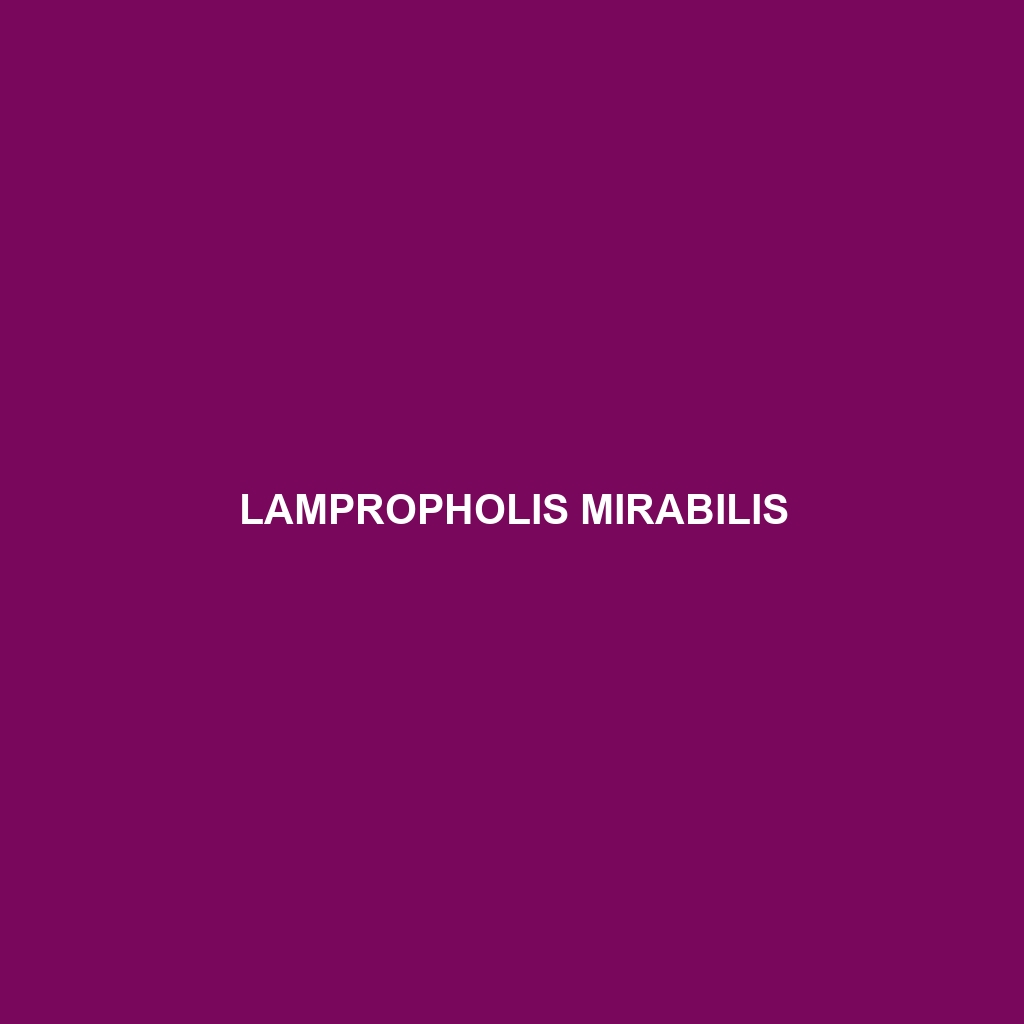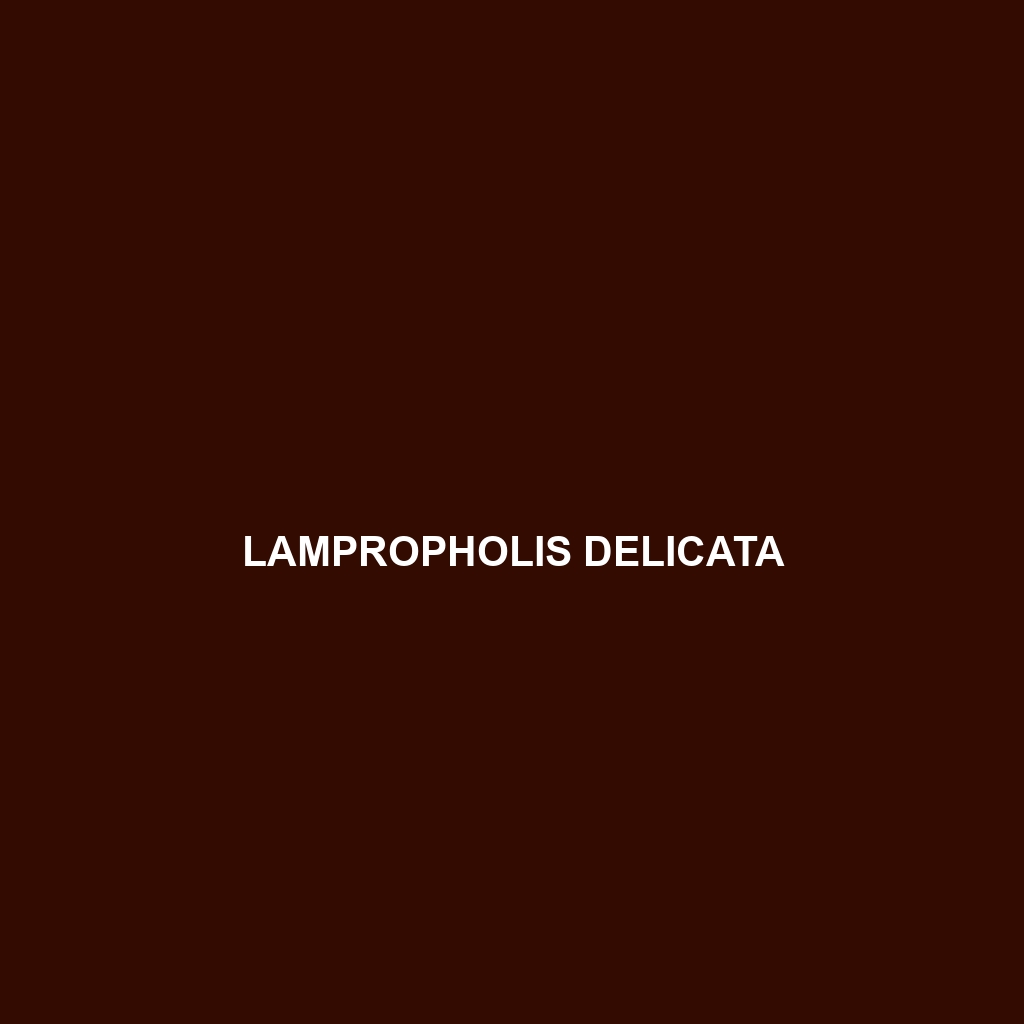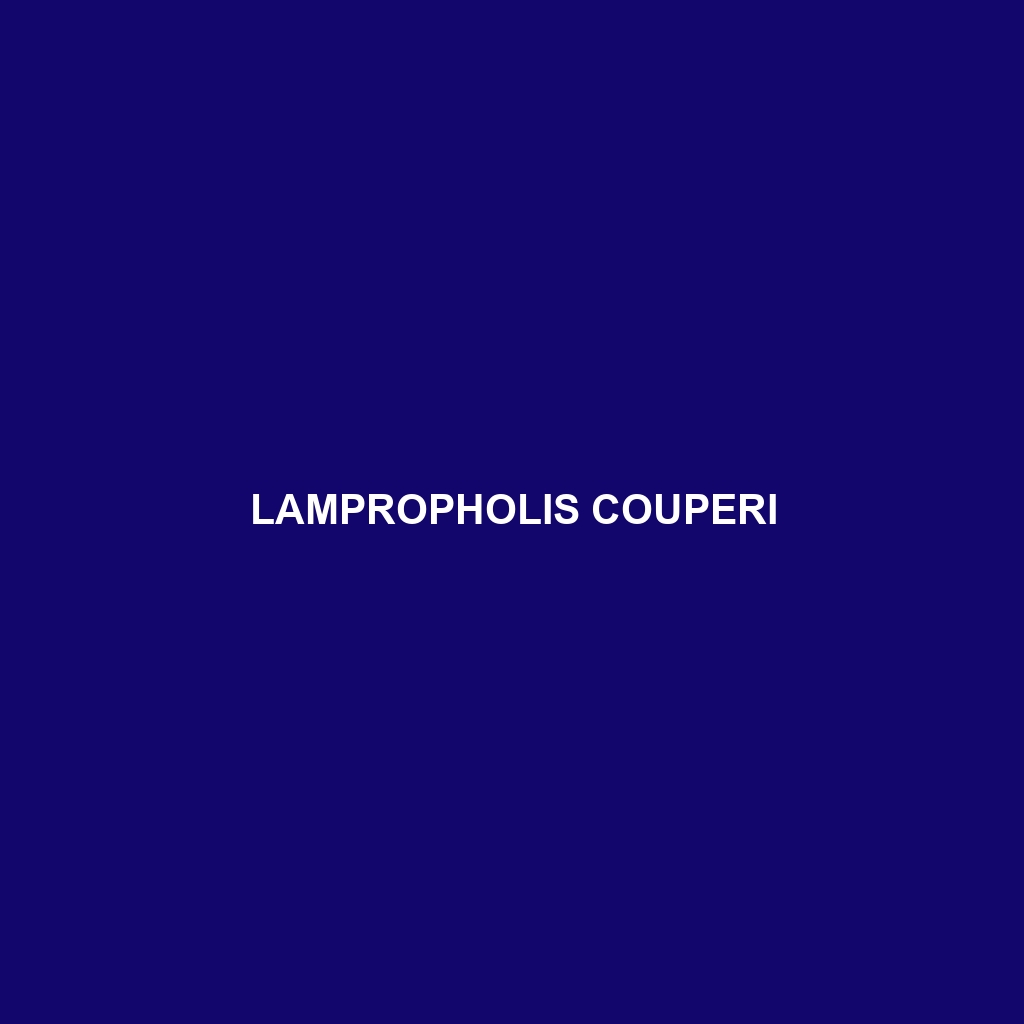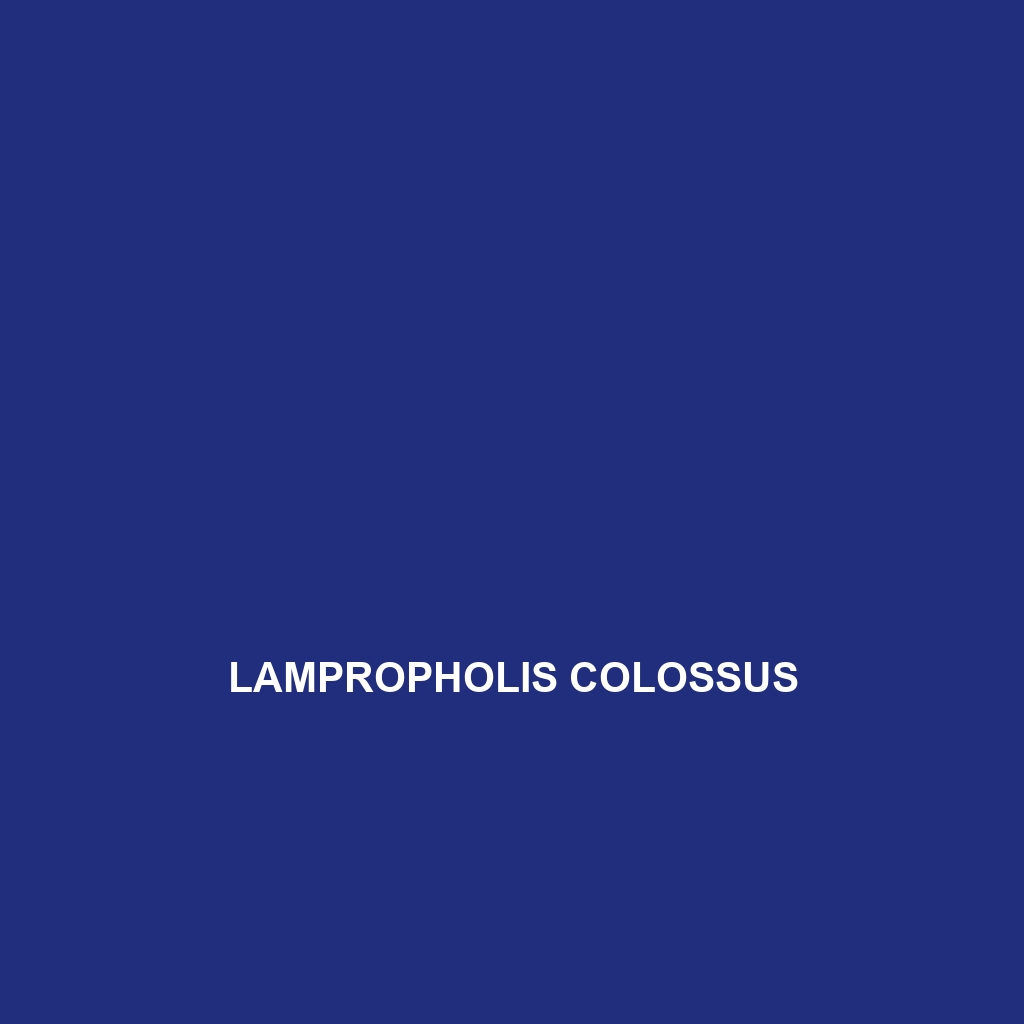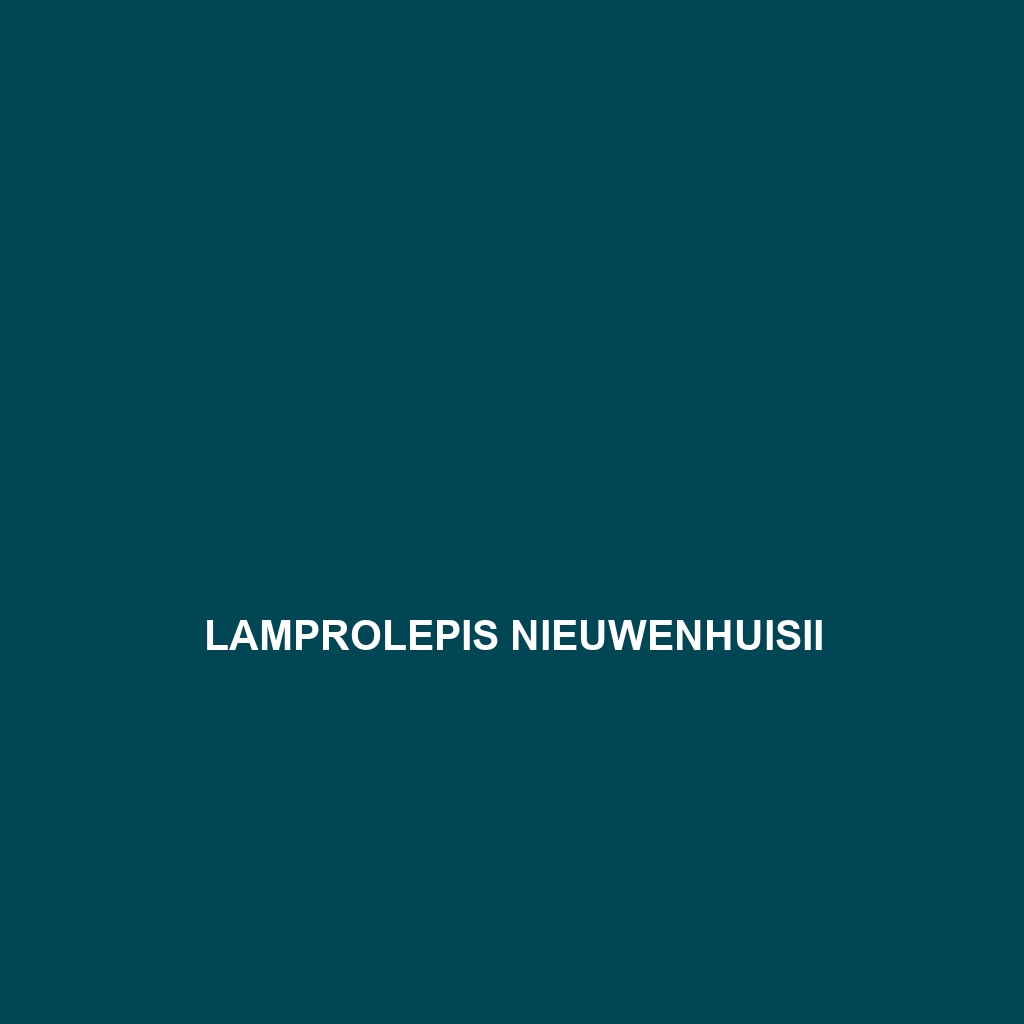<p><b>Lankascincus gansi</b>, a unique skink from the rainforests of Sri Lanka, measures 12 to 18 cm in length and exhibits a brown coloration with darker stripes for effective camouflage. Primarily an insectivore, it plays a crucial role in its ecosystem by controlling insect populations and serving as prey for larger animals.</p>
Tag: skink habitat
Lankascincus deignani
Discover the Lankascincus deignani, or Deignans' skink, a small to medium-sized reptile endemic to the tropical rainforests of Sri Lanka, featuring a slender body and striking color patterns for effective camouflage. This diurnal insectivore plays a vital role in its ecosystem by regulating insect populations while showcasing fascinating behaviors during mating displays.
Lampropholis mirabilis
Introducing the Lampropholis mirabilis, or Shining Skink, a slender, agile skink native to the subtropical and tropical regions of eastern Australia. With its striking blue-green or bronze coloration and glossy sheen, this insectivorous species thrives in diverse habitats, playing a vital role in maintaining ecological balance.
Lampropholis delicata
The Common Garden Skink (Lampropholis delicata) is a slender, diurnal lizard found in diverse habitats across southern and eastern Australia, known for its ability to adapt to environments ranging from rainforests to urban gardens. Measuring 8 to 10 cm, this insectivorous species displays vibrant colors and distinct stripes, playing a vital role in pest control within its ecosystem.
Lampropholis couperi
Discover the vibrant Couper's skink (<i>Lampropholis couperi</i>), a small to medium-sized lizard native to eastern Australia, known for its diverse habitats, striking coloration, and role as an insectivore. With its ability to adapt to various environments and regenerate its tail, this fascinating species plays a crucial role in maintaining ecological balance.
Lampropholis colossus
Discover the fascinating Colossal Skink (Lampropholis colossus), a resilient insectivore thriving in Australia and New Guinea's diverse habitats, including rainforests and savannas. With its striking green, brown, and black coloration, this captivating skink plays a crucial role in ecosystem balance by controlling insect populations and serving as prey for larger predators.
Lamprolepis leucosticta
The Lamprolepis leucosticta, or White-spotted Skink, is a striking tropical reptile native to Southeast Asia, known for its elongated body adorned with distinctive white spots and a diet that includes insects and plant matter. Thriving in humid forests and savannas, this diurnal skink plays a vital role in its ecosystem by controlling insect populations and serving as prey for various predators.
Homopholis walbergii
Discover the Walberg's skink (Homopholis walbergii), an adaptable species found in eastern and southern Africa's diverse habitats, characterized by its smooth scales, elongated body, and cryptic coloration. As an omnivorous predator, this skink plays a vital role in regulating insect populations while contributing to its ecosystem's balance.
Holcosus stuarti
Holcosus stuarti, commonly known as Stuart's skink, thrives in humid rainforests and temperate forests of Central and South America. This agile, omnivorous skink reaches lengths of 10 to 15 cm and plays a vital ecological role by regulating insect populations while adapting to diverse environmental conditions.
Holcosus bridgesii
<p>The <b>Bridged Skink</b>, scientifically known as <i>Holcosus bridgesii</i>, is a vibrant, omnivorous species native to tropical and subtropical regions of Central and South America. Adapting well to various habitats, this agile skink is known for its striking coloration and essential ecological role in pest control and seed dispersal.</p>


